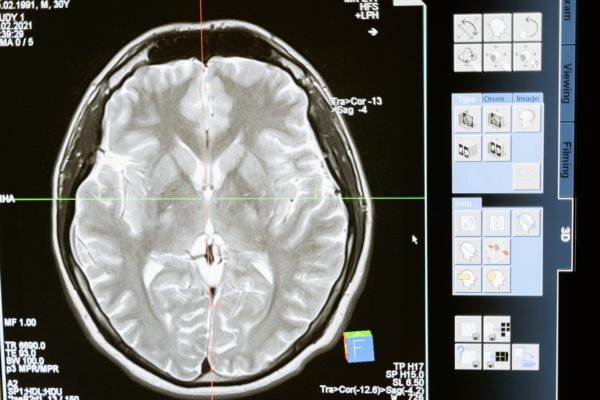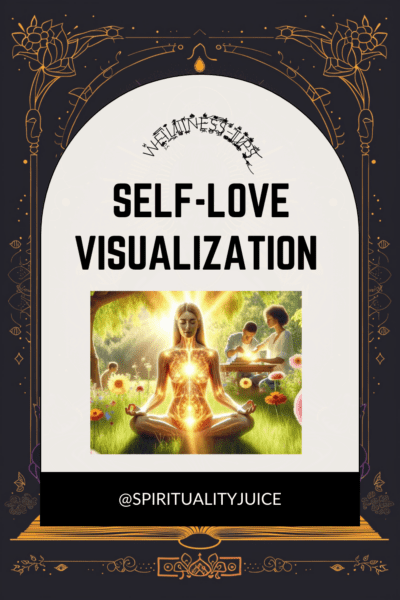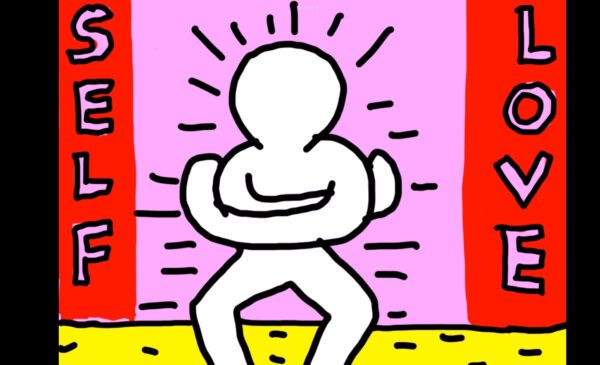The neurophysiological impacts of religious belief, however, are scientific realities that can be precisely studied. Whether or not a divine power actually exists may be a matter of opinion. Here, we examine some of these benefits as demonstrated by the most recent study.
The impacts of religions on human minds are likely to astound anyone. Regardless of whether they are a fervent atheist, guarded agnostic, or a committed believer. Our lifetime can be extended and our ability to deal with illness is improved by religious belief. Additionally, “neurotheological” research, or the neuroscience of theological belief, has generated some unexpected findings that are certain to alter the way we view spirituality.
For instance, according to some researchers, religious experiences trigger the same brain pathways as sex and drug use. Other studies have suggested that injury to a specific area of the brain can cause delusion that someone is present when no one is. Such findings raise important questions about the relationship between religion and health and vice versa. Are religious experiences capable of being artificially replicated given their neurological roots? Does having the correct scientific knowledge allow us to create the illusion of a deity if a divine experience turns out to be biologically predetermined?
We look at a few of these queries below. Even though scientists may not yet have all the answers, they are beginning to piece together a scientific view of divinity that is taking shape to be very different from the ones we find in the sacred texts.
The Impact of Various Religions Varies

The impact of various religious activities on the brain vary. Namely, various religions affect the way certain brain areas are activated.
Dr. Andrew Newberg is the researcher who literally “wrote the book” on neurotheology. Drawing from his many studies to demonstrate that both meditating Buddhists and praying Catholic nuns have increased frontal lobe brain activity.
Increased emphasis on focus and attention, planning abilities, the capacity for future projection, and the capacity for developing sophisticated arguments are all related to these domains. Additionally, the parietal lobes, which process spatial and temporal orientation, show a lower activity in both prayer and meditation. Nuns, on the other hand, who focus on verbal prayer rather than visualization techniques employed in meditation, exhibit greater activity in the subparietal lobe regions of the brain that process language.
The same brain regions, however, may experience the opposite effect from different religious behaviors.
The Frontal Lobe

Traditionally, it has been assumed that Trusted Source also engages in executive control, or intentional behavior, in addition to decision-making. So it would make sense that a technique that emphasizes giving up power would result in diminished action in this brain region.
Religion and Reward-Processing
Religion triggers the same reward-processing neural pathways as addictive behaviors, according to a new analysis. When we engage in sexual behaviors, enjoy music, gamble, or use drugs, these reward-processing brain regions are likewise engaged. Additionally, the participants mentioned sensations of warmth and tranquility.
Out of Body Experiences

We can now comprehend how our brains “produce” a mystical or spiritual experience thanks to recent developments in neuroimaging technology. What gives rise to the sensation that somebody else is in the room or that we have left our body and entered another dimension?
“Brain imaging technologies have matured in ways that are letting us approach questions that have been around for millennia,” says Dr. Anderson.
In Washington, D.C., Georgetown University Medical Center Professor James Giordano concurs. By pinpointing the precise brain regions involved in this process, scientists have been able to comprehend when a person enters “ecstasy mode.”
In an interview with Medium, Prof. Giordano says, “When activity in the networks of the superior parietal cortex [an area in the upper part of the parietal lobe] or our prefrontal cortex grows or drops, our body borders shift. Further, Prof. Giordano claims that “these parts of the brain control our sense of self in relation to other objects in the world, as well as our bodily integrity,” which is why many people who have had mystical experiences report experiencing “out of body” and “extended self” sensations and perceptions.
He continues, “we can state that the activity of the left and right temporal lobe network (located at the bottom center section of the cortex) has changed if ‘beings’ join the mystical experience.” According to Dr. Newberg’s research, prayer also causes less brain activity in the parietal lobes.
Can We “Make” God?

Does this indicate that we might “make” these experiences on demand with the most cutting-edge neuroscientific technologies? Well, because Dr. Michael Persinger, the head of the Neuroscience Department at Laurentian University in Ontario, Canada, created the “God Helmet” in the 1990s, this is not merely a hypothetical question. By activating a person’s tempoparietal lobes with magnetic fields, this device can mimic religious experiences.
Only 20% of the participants in Dr. Persinger’s studies who identified as religious reported experiencing God’s presence or seeing him in the room while wearing the device. 80% of the individuals reported experiencing a presence of some kind, which they were hesitant to refer to as “God.” The extra personal, independent aspects of the god concept may be questioned if the tools and the research generated the manifestation that was God.
When questioned about his thoughts on such efforts to elicit religious experiences, Dr. Newberg advised caution. We must take care to consider how comparable these experiences are. But people have historically looked for ways to elicit religious experiences in a variety of ways. They are “considered as equally as spiritual and real as more ‘natural’ experiences.”
So whether it’s the God helmet or psychedelics, Dr. Newberg stated that “when we get a more complete understanding of these techniques and their impacts, we may do better at figuring out how to improve their benefits.”
Neurotheology and Religion in the Future
Neuroscientists are still putting a lot of effort into figuring how how the religious brain functions in the meantime. Despite the field’s expansion, Dr. Newberg claimed that “we are really only scratching the surface.”
Furthermore, neuroscience will presumably also give us some much-needed insights into consciousness, spirituality, and “age-old epistemological problems regarding the nature of reality.” However, religion is unlikely to advance unless we find these solutions. According to Dr. Newberg, religion satisfies wants that our brains were built to have since our brain architecture forbids it. Newberg added, “I would argue that until our brain undergoes a fundamental change, religion and spirituality will be with us for a long time.”




